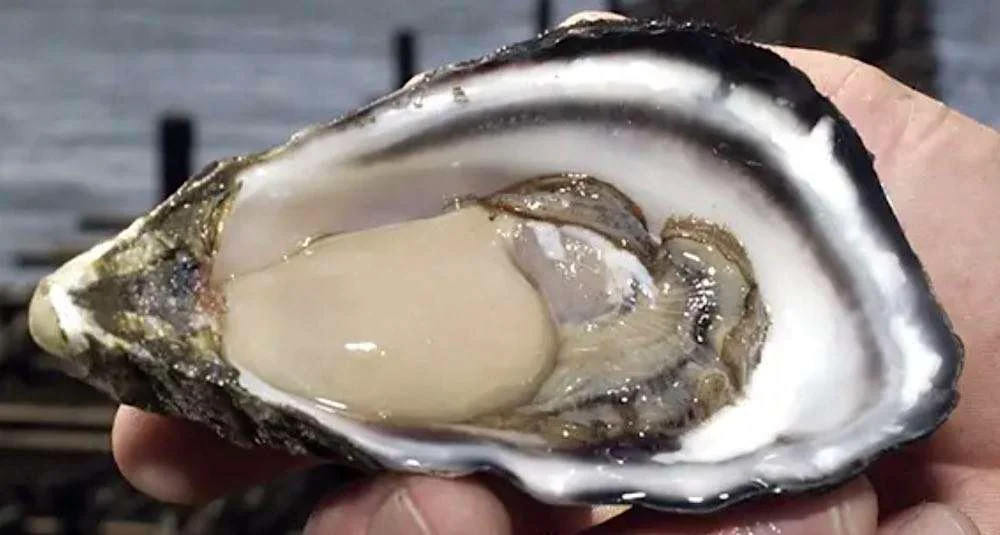I had to do a post on South Australian Oysters for no other reason than one given by a young international student studying in Adelaide.
An unexpected answer to an innocuous question. So here is the backstory first.
A chat on a plane
I was on my way back home from London. The plane did the usual stop-over in Singapore. A young Singaporean teen came on board and sat next to me. We chatted casually and he told me that he was studying at Pembroke School at Kensington Park. He was a boarder returning for the new term.
One of many international students whose parents from Asia would send their kids over to Australia.The general sense I had was the confidence their parents had in the Australian school system.
To confirm my belief I asked him why Australia and why Adelaide in particular for his education. And out came oysters and South Australian oysters in particular. He told me his family have had holidays in Australia and they adored oysters among other things.
And South Australian oysters in particular. And he told he believed it was the reason they chose Adelaide for his schooling.
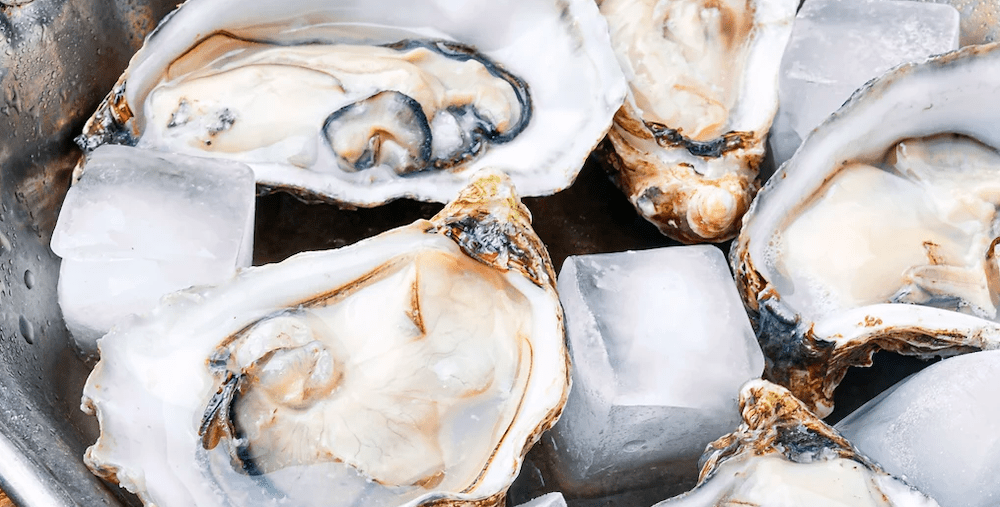
My guess is that he gave that answer for a reason. Australia is a first world developed country with strong education framework. And it would be obvious to an Australian like me. So that left “why Adelaide”. It did catch me by surprise.
Pembroke School
On Saturday morning rides to Norton summit, I would return by looping around Penfold Poad to Greenhill Road and then on to Glynburn Road before going down the Parade. It was my usual route to head into the city for a well earned coffee.
It also meant passing Pembroke School along the Parade. I always liked this stretch of the ride as it was downhill and I could hit 45 kph. I also had to pass the home of the legendary late Sir Donald Bradman. Thats another story by itself.
So I was familiar with the school location and seen their students who always appeared well groomed and well behaved. The boarding hostel was across the street. It is also one of the top performing schools.
The neighbourhood was gentrified and Adelaide was safe. And I could sense the appeal that parents had of the school, Adelaide and Australia. But the oysters was a whole new twist.
From Pembroke to oysters
I always enjoyed oysters and so did the Falcon family. It made our Christmas lunch menu on many occasions. We liked it natural.
I knew our Oysters came from the pristine southern ocean waters that lap our extensive South Australian coast line in the remote West. Take a look at the map of South Australian and you will get context immediately. So long and so remote.
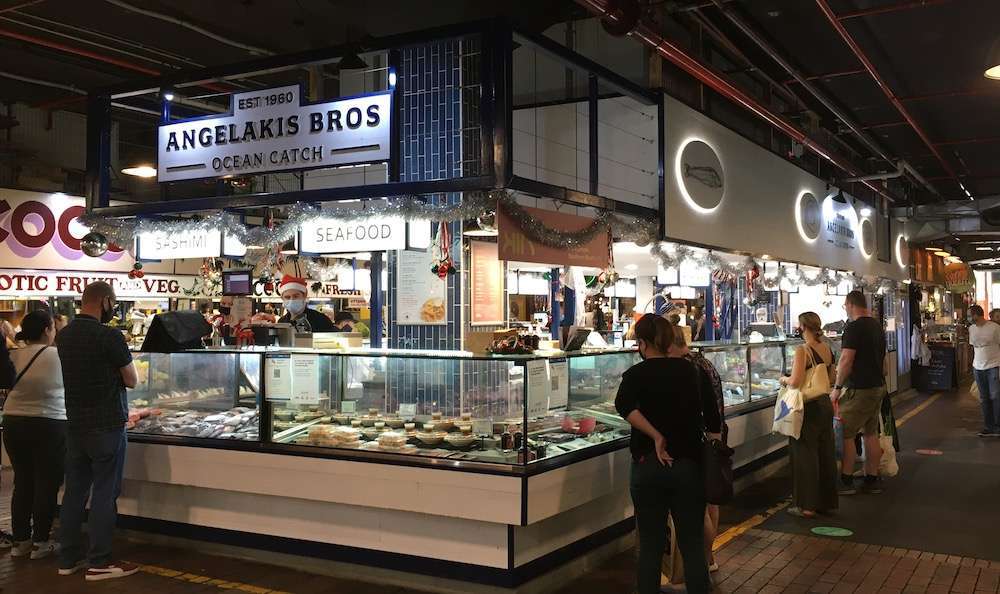
Every time you headed to Central Market to pick up a dozen or more oysters they are marked as coming from Ceduna to Coffin Bay, all part of the long coastline west of Eyre Peninsula. Here is the link to what Coffin Bay can offer, oyster wise from one retailer.
Our retailers are proud of our oysters and so are we. We knew they had a large export market and clearly a following from international visitors to our State.
Our Oysters are different.
The young student’s answer still had a mystery. Why South Australian oysters. Why not oysters from elsewhere in Australia. And I did find the answer eventually. Until then I assumed that all local oysters were of the same species all over Australia.
South Australian oysters are different to the ones found elsewhere in Australia with the exception of Tasmania.
There are Rock oysters which are native to NSW and Queensland and there is another native species called flat oysters found around Southern Australia up to Western Australia including South Australia.
Both South Australia and Tasmania farm Pacific oysters, an introduced species from Japan. And its the Pacific Oysters that South Australia is known for.
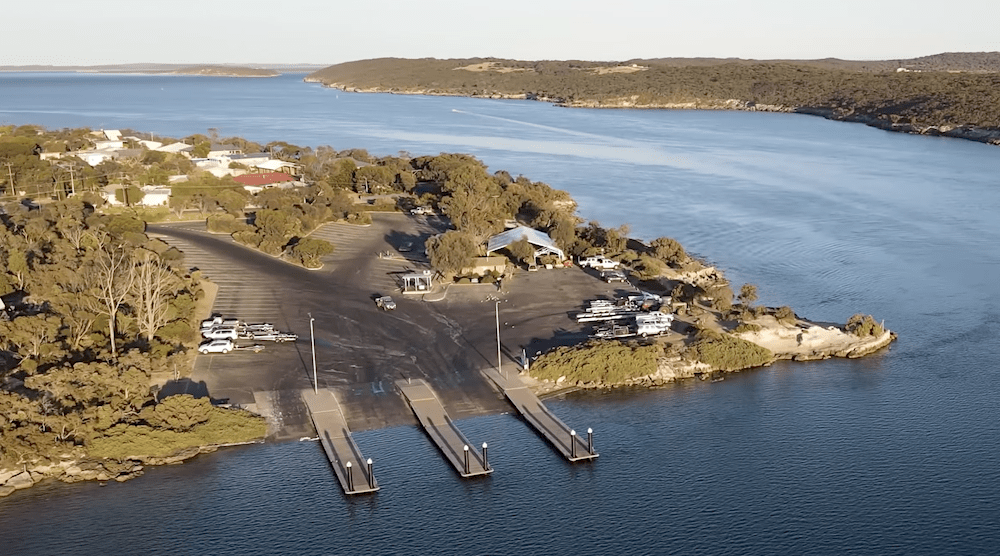
Oyster farming in South Australia
Oyster farming carries the second highest value next to Southern Blue Fin Tuna farming for the State’s Aquaculture Sector. It’s direct value is around AUD35 million in 2018. I did not realise how big and significant the sector is.
Oysters are filter feeders and thrive in nutrient rich and pristine waters. It helps tremendously that oyster farming takes place far from urban areas and maritime traffic. It also appeals to consumers to know where they come from.
I can safely say that 99% of South Australians let alone Australians have never been to the West of Eyre Peninsular in view of its remoteness. Towns are sparsely populated and agrarian in nature. Many parts of the land surrounding the coastline are National Parks. Probably the cleanest and untouched part of the State.
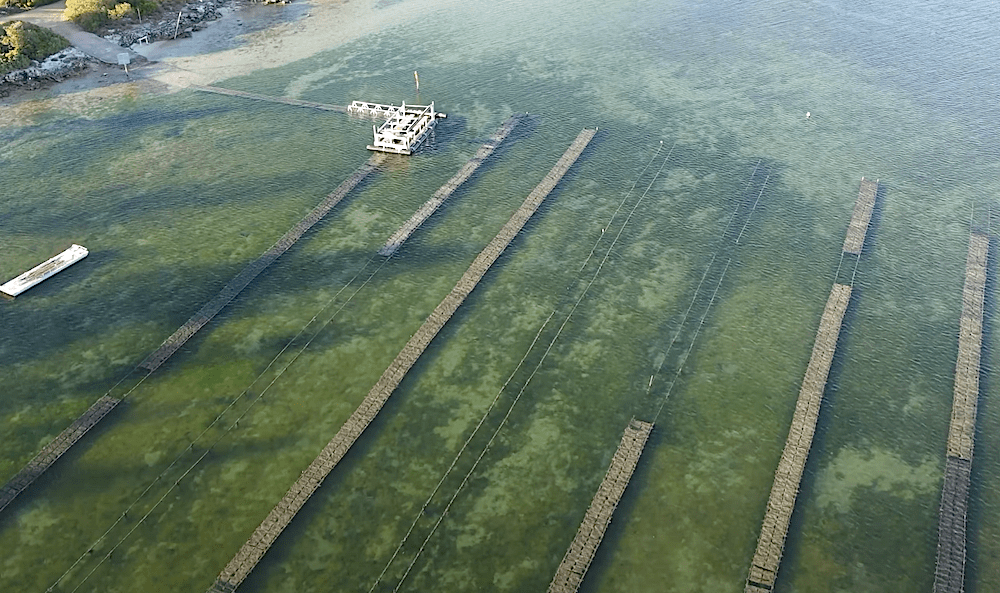
Wine, tuna and oysters of South Australia
I am not sure if you had realised the coincidence. Wine, tuna and oysters serves the vieux and the nouveau riche of the emerging World. A rather select class of consumers. And South Australia among all the States are renown for it with a major export focus.
Think about it. A nice dinner evening in one of the many fine restaurants of Adelaide with South Australian oysters as starters, tuna steak as the mains accompanied by a Riesling from the Barossa. All three menu items from the same state and all export quality. How lucky are we in South Australia.
As I was writing this, I told myself that I would going be ordering these 3 as a set for interstate and international guests that I had to entertain. What a way to impress upon them what we have and what we can offer.
Another interesting trivia is that all three are not native to South Australia.
Wine saplings came from the Old World with the early migrants. Tuna are caught in the Southern Oceans as they follow their annual migratory route and brought into Australian waters to be raised in pens to optimum size. And Pacific oysters from Japan.
Rock or Pacific Oysters
I guess this is something often asked within Australia. Which species is the best?
From the literature and what I read on the Internet there does not seem to be a definitive answer. Understandably State parochialism is always a factor.
One thing to note is that both species are not readily offered for sale in NSW and South Australia. Maybe in the other States where they imported.
If you patronise a restaurant in Sydney, it will inevitably be Rock Oysters. It will be same with Adelaide where Pacific oysters will be served. So most resident consumers end up consuming the same species and they become attached to it.
There exceptions of course including consuming oysters from other parts of the World. There are speciality stores and restaurants that offer imported variety of oysters. .
Some things are however clear. Rock oysters are smaller, creamier with mineral and vegetal flavours and are sweeter. And they are also yellowish in colour. Pacific oysters are larger, briny and has the sense of freshness. They are also whiter.
The freshness element is also interesting. Rock oyster beds tend to be much closer to estuaries while Pacific oysters thrive further out.
Marine life that is closer to estuaries of river mouths tend to have a distinct estuary smell and taste which overcomes the sense of freshness.
In economic terms, Pacific oysters have a size advantage. Plus as they are a faster growing species. Ready for the market from 12 to 18 months. Rock oysters take up to 3 years.
Here is one other interesting point. Rock Oysters do not do well in South Australian waters. Native flat oysters also take longer to reach maturity and smaller and not economically attractive.

I suppose its a good life
In a nutshell, Adelaide and South Australia have many things going for them and it is not just good schools and a great place to live and work.
So enjoy that dinner on a restaurant terrace out in Adelaide on a cool night with shimmering stars above. I am sure I don’t have to tell you what to order other than the best treasures that South Australia can offer.
